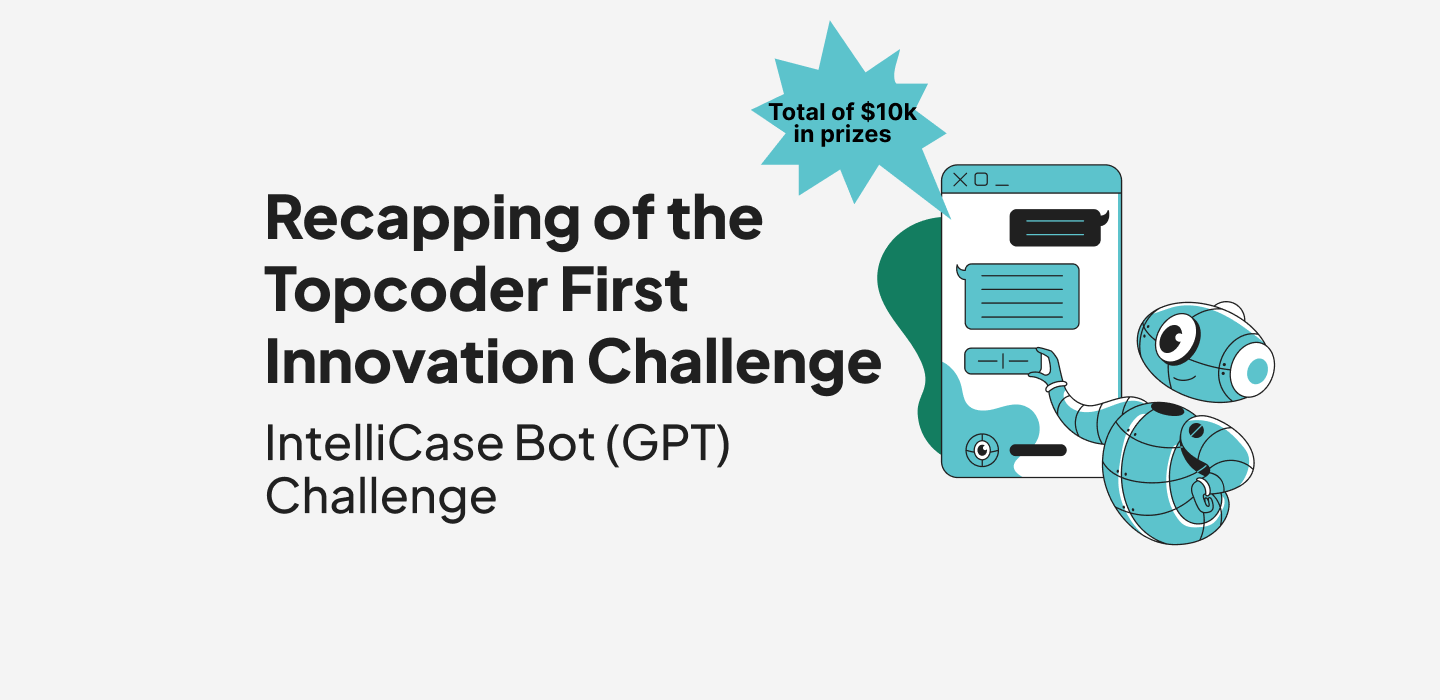January 30, 2020 Month of Love for Data Scientists at Topcoder!
The month of love is here and we have two very interesting challenges which just went live with exciting prizes!
The first of them is an Ideation Challenge where the client, Hitachi, is looking for an innovative idea (new architecture and algorithms) with sample code to programmatically label time-series data.
The second one is an interesting Marathon Match by Asahi Kasei. In this match, we are looking for a model that can predict the shape deformation and internal stress of a moulded product, with high accuracy, given a 3D structural model.
Learn more about the competitions below and compete now!
Hitachi‘s Data Labeling Architecture and Algorithm Ideation Challenge.
Hitachi is looking for an innovative idea with sample code to programmatically label time-series data.
Overview
The client, Hitachi Ltd., is a well-known Japanese multinational conglomerate company, one of the leading companies in electronics manufacturing and ICT.
In today’s world, Machine Learning (ML)/AI is becoming an important technology more than ever before. One of the biggest bottlenecks in the development of ML is the necessity to provide a large set of training datasets that, in most cases, need labelling by hand.
To overcome this issue, there are multiple new technologies to programmatically build and manage training datasets such as Snorkel developed by Snorkel Team in Stanford and Fonduer developed by HazyResearch. Although these are mostly focused on text data.
In this challenge, the client is looking for an innovative idea (new architecture and algorithms) with sample code to programmatically label time-series data.
Asahi Kasei’s Predict – How Different Shapes Bend Under Pressure – A TCO20 Eligible Marathon Match
Asahi Kasei’s aim is to create a model that can predict the shape deformation and internal stress of a moulded product, with high accuracy, given a 3D structural model.
Overview
Various simulation techniques have been used to evaluate the deformation behavior of plastics. However, they may require a lot of time due to the calculation time or the repetition of the simulation depending on the purpose, as in something that requires a complicated calculation such as fluid dynamics.
In order to reduce the examination time, some examples of proxy models for simulation using machine learning have been reported, but few are based on a variety of accumulated three-dimensional structural information.
Harshit Mehta
Sr. Community Evangelist


